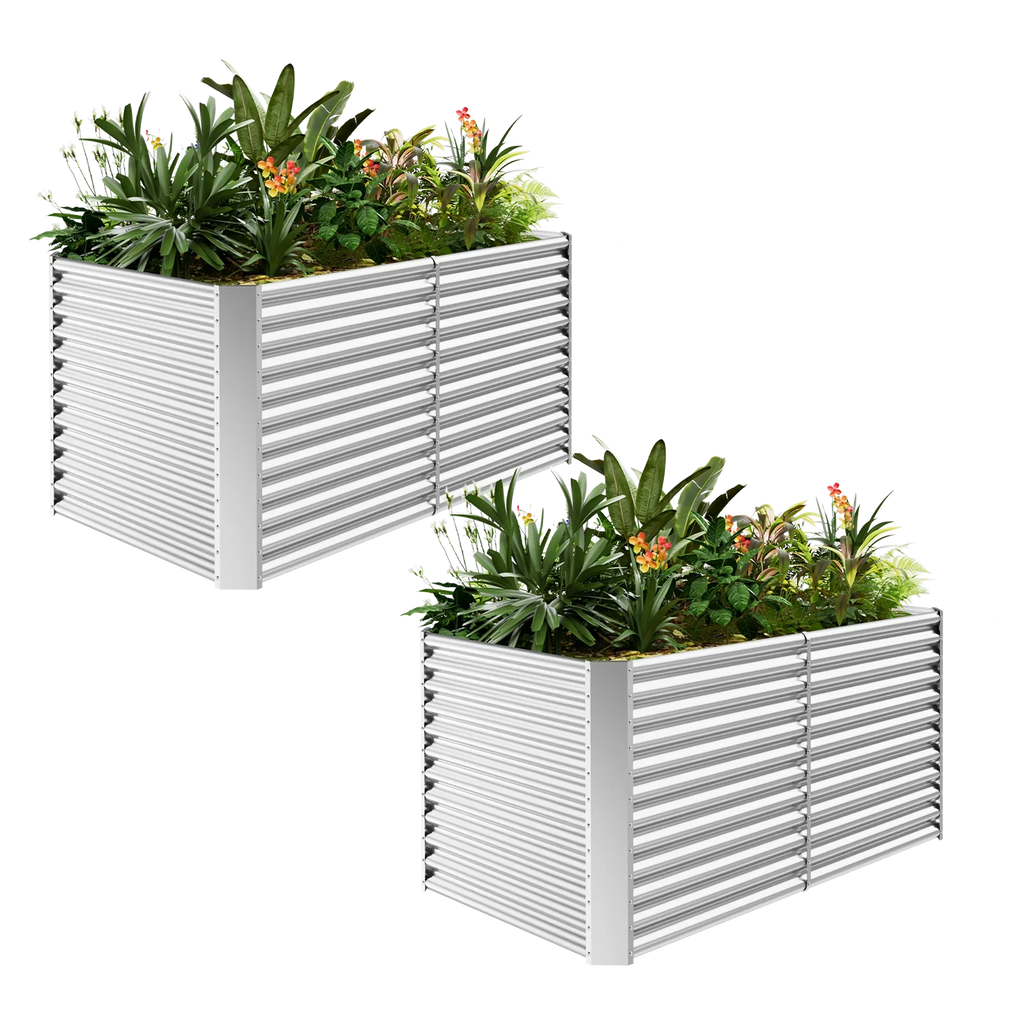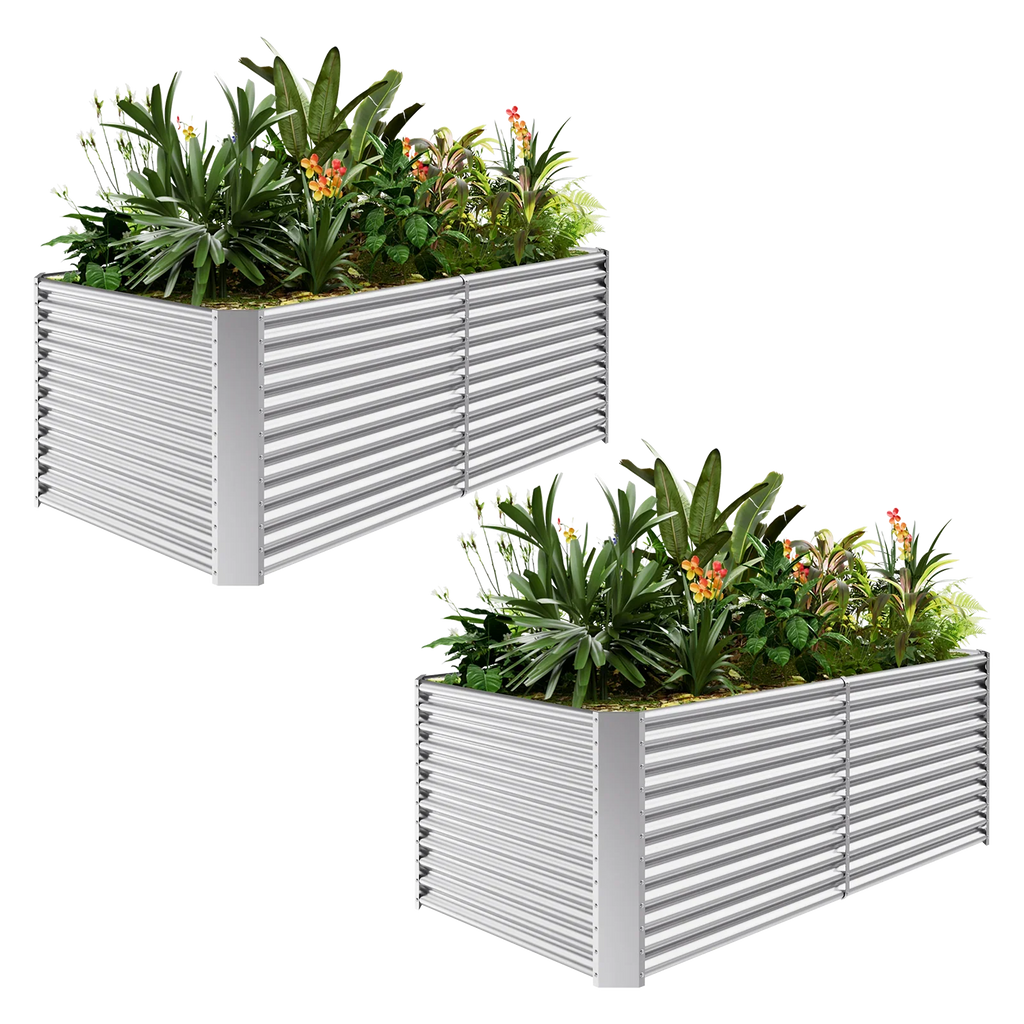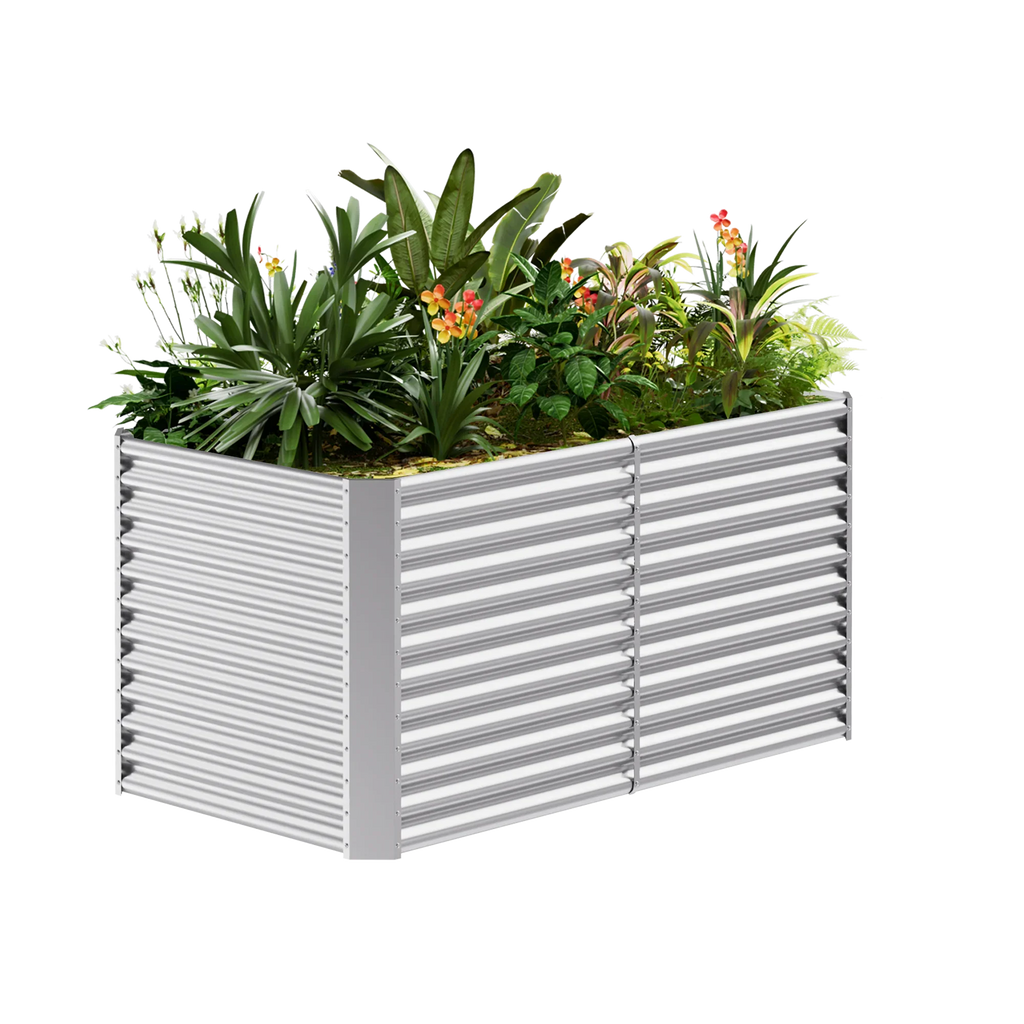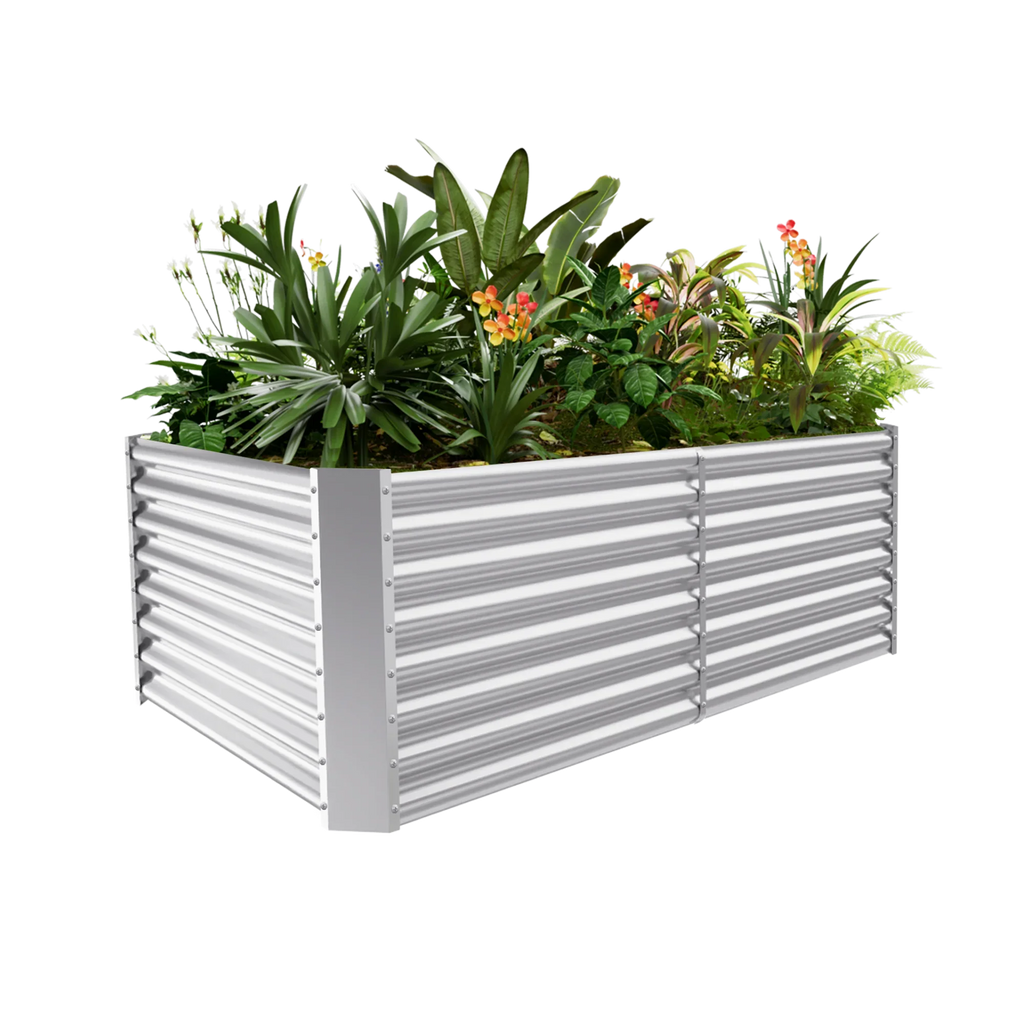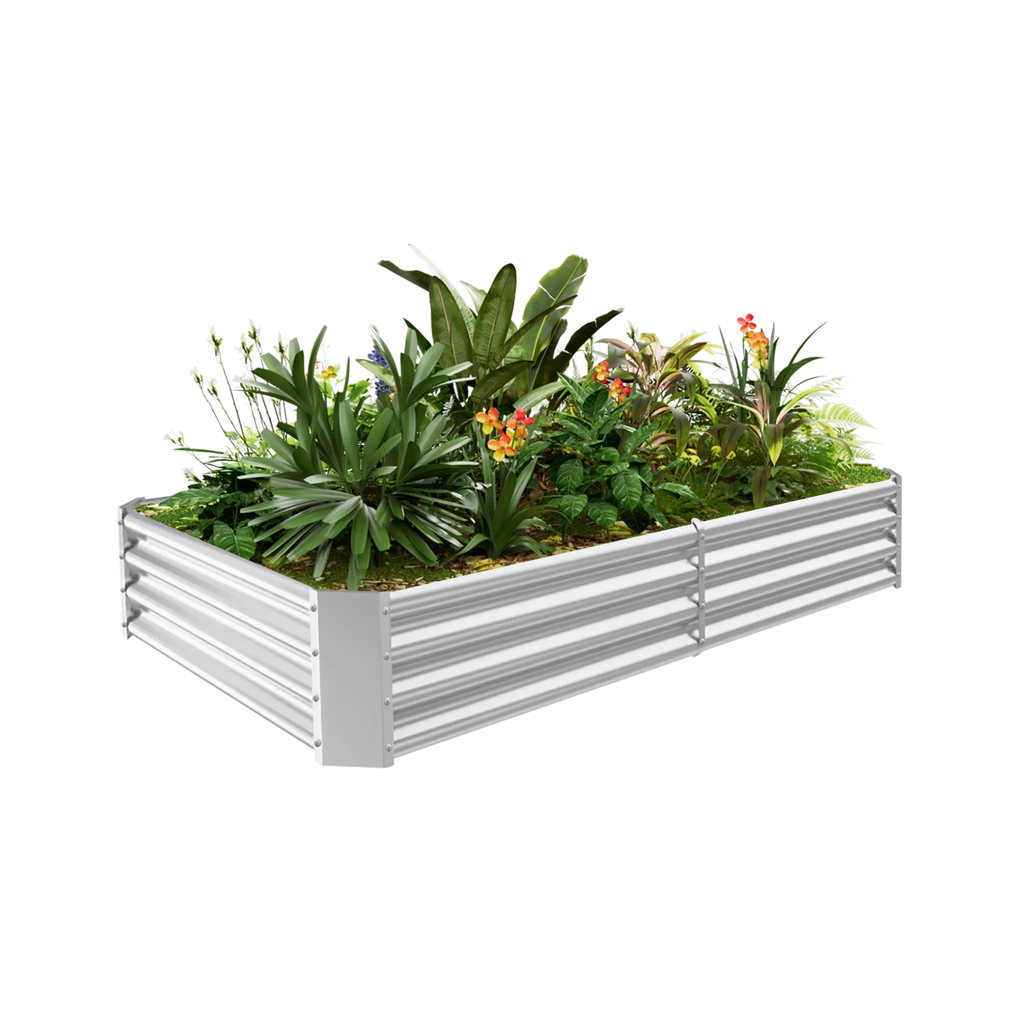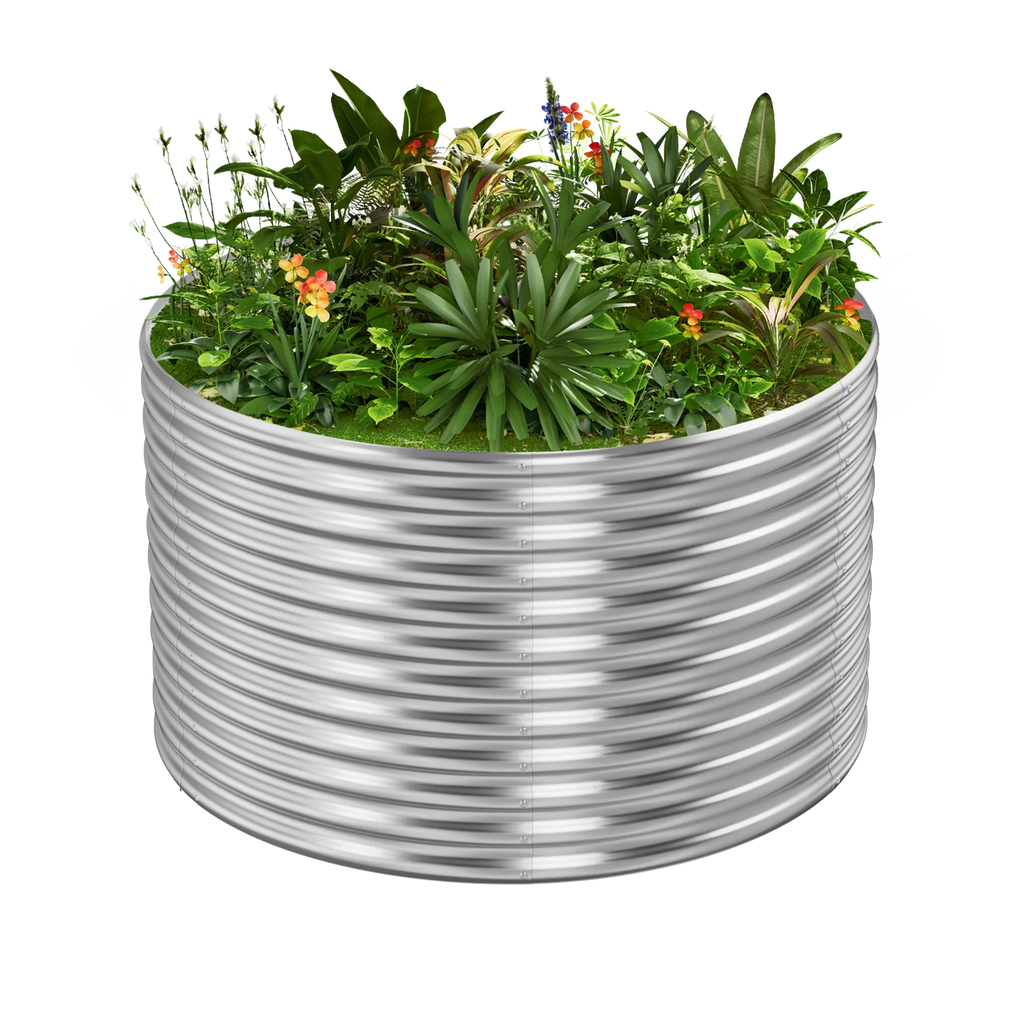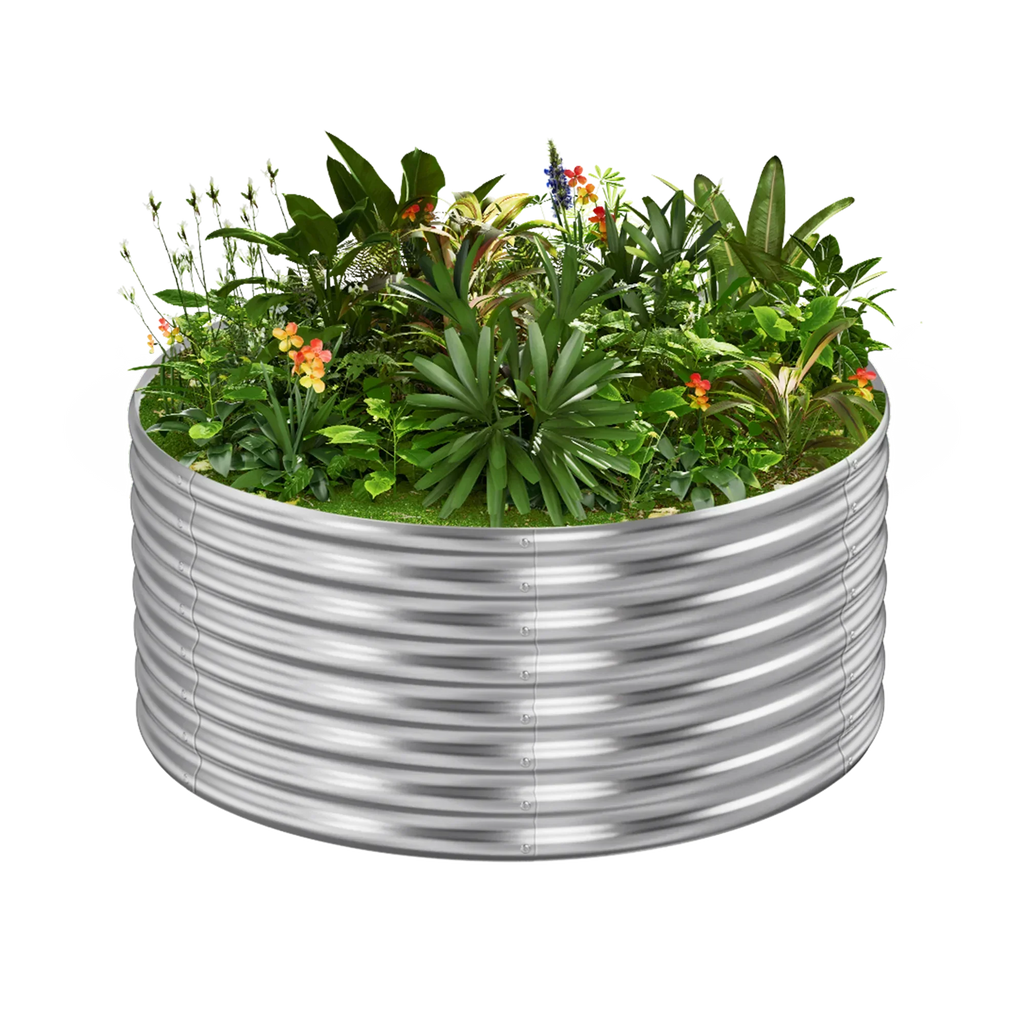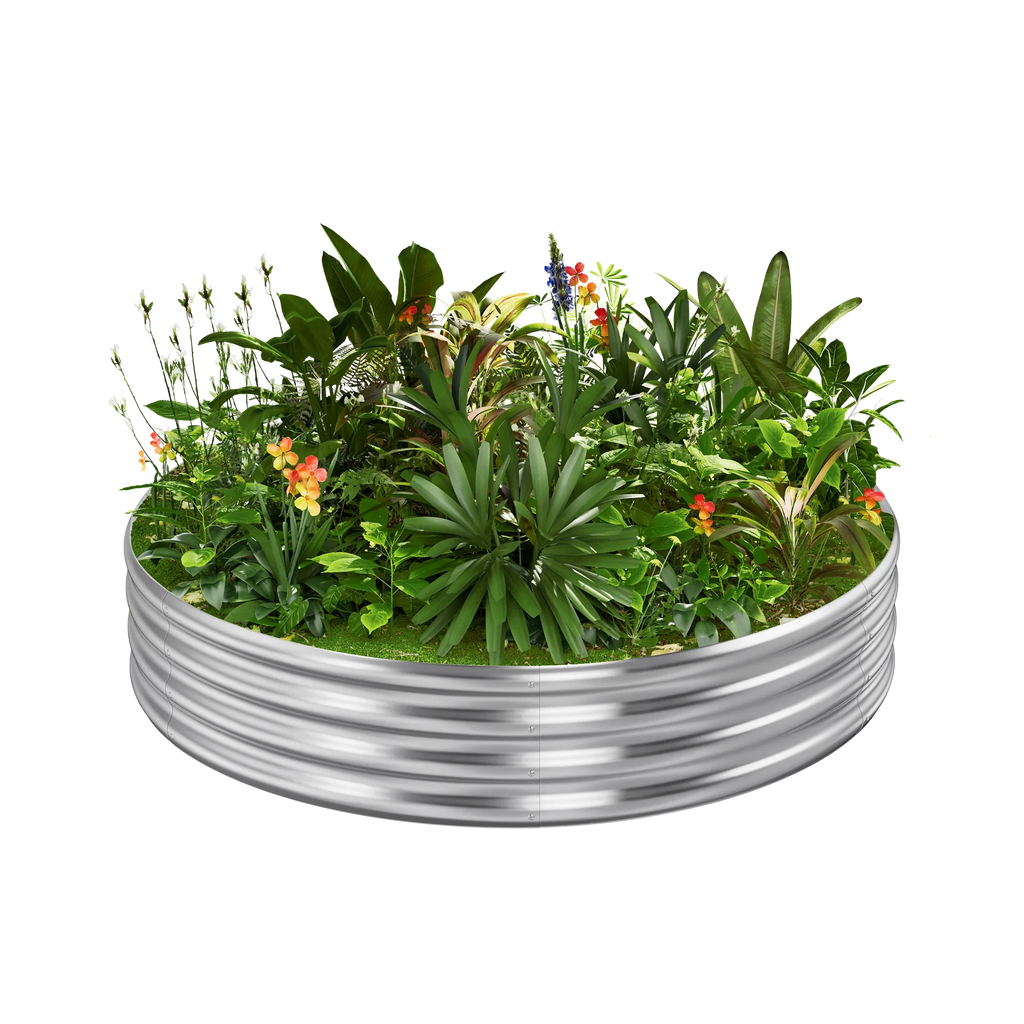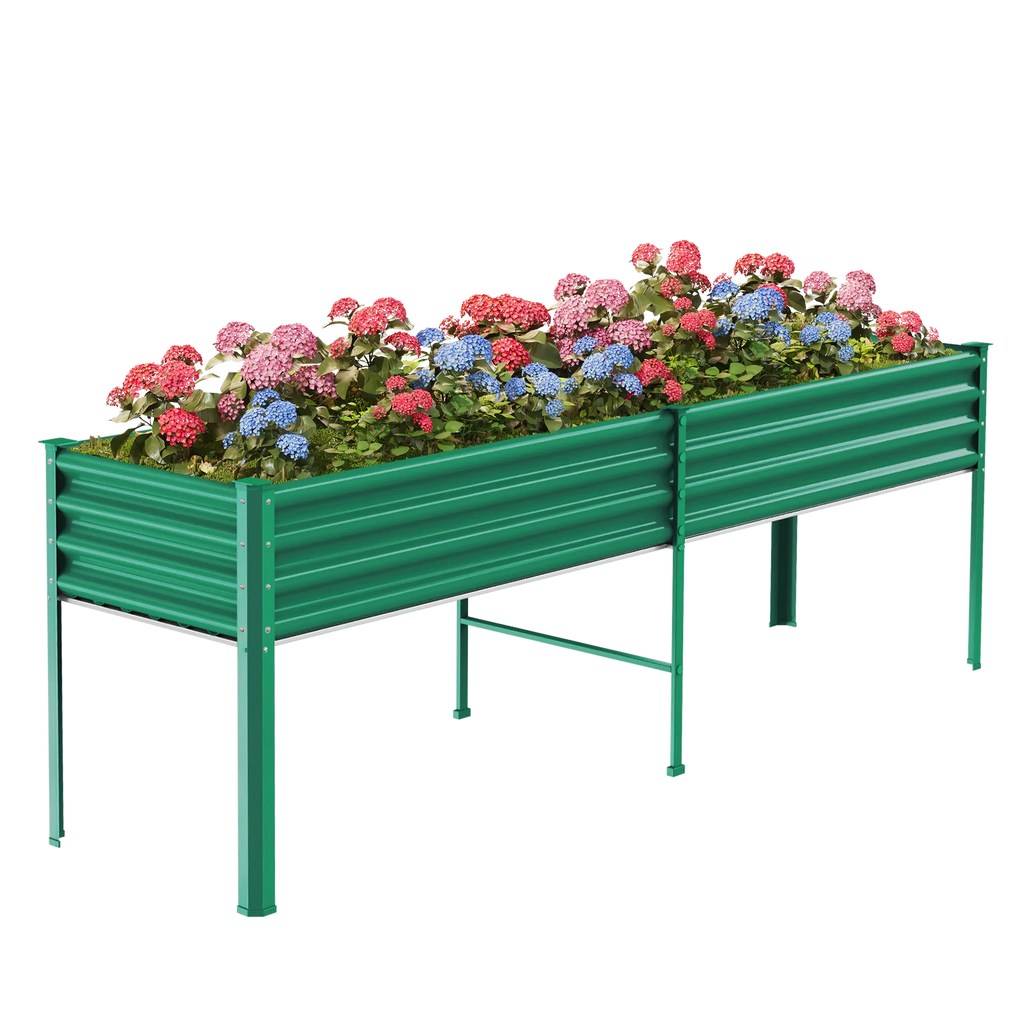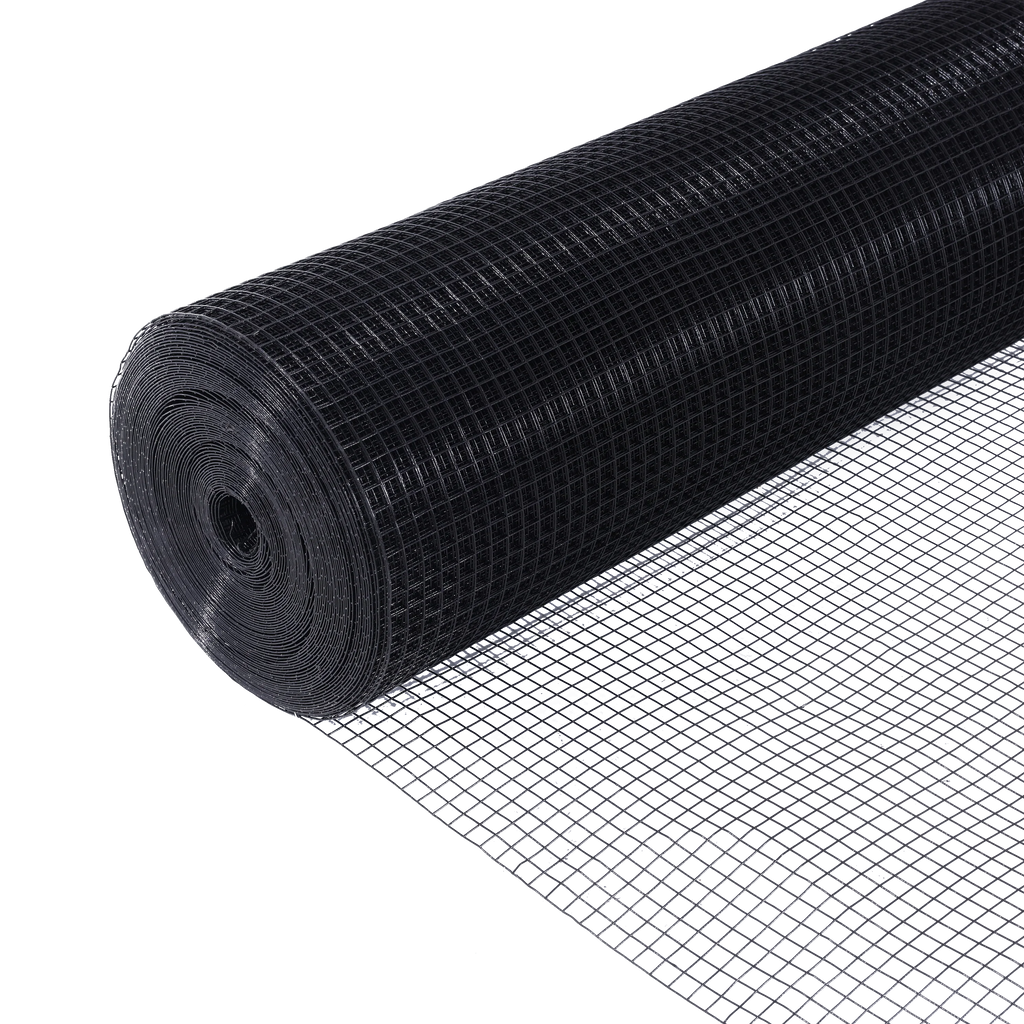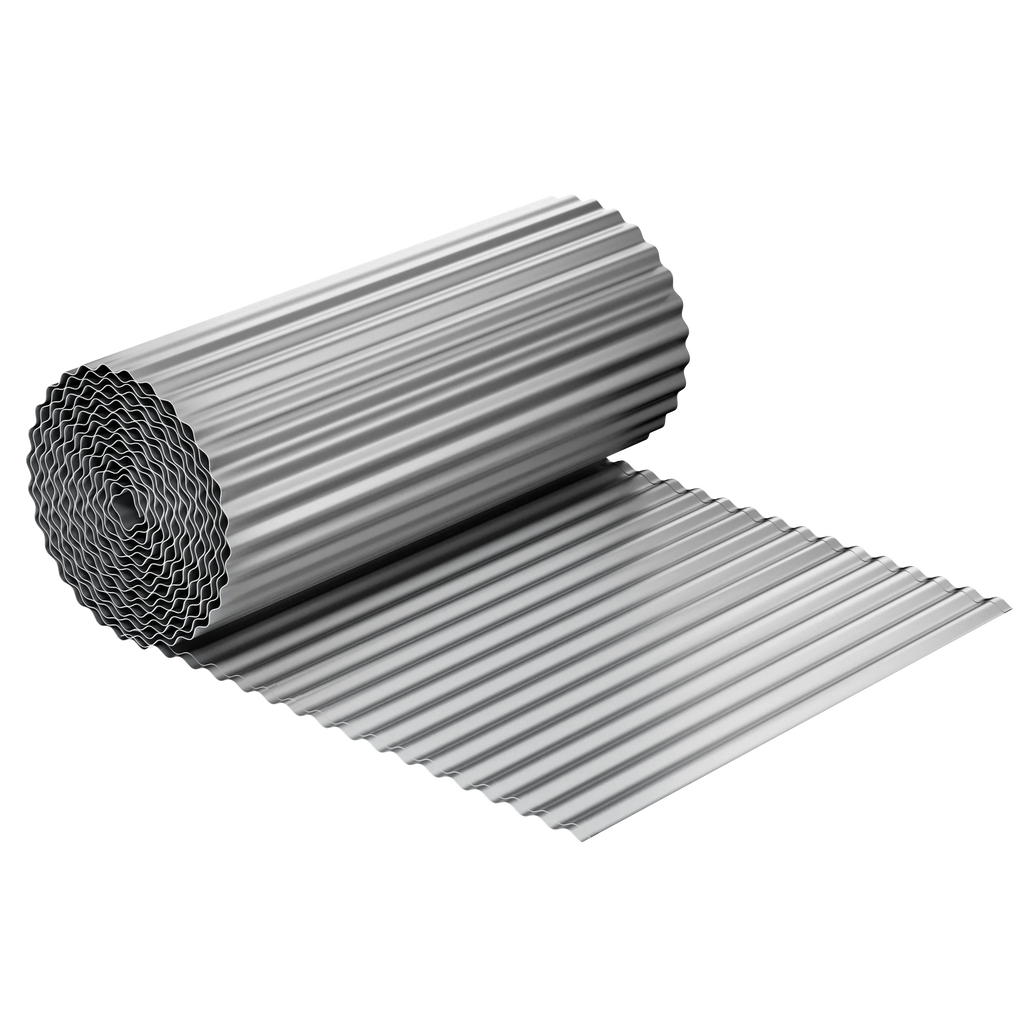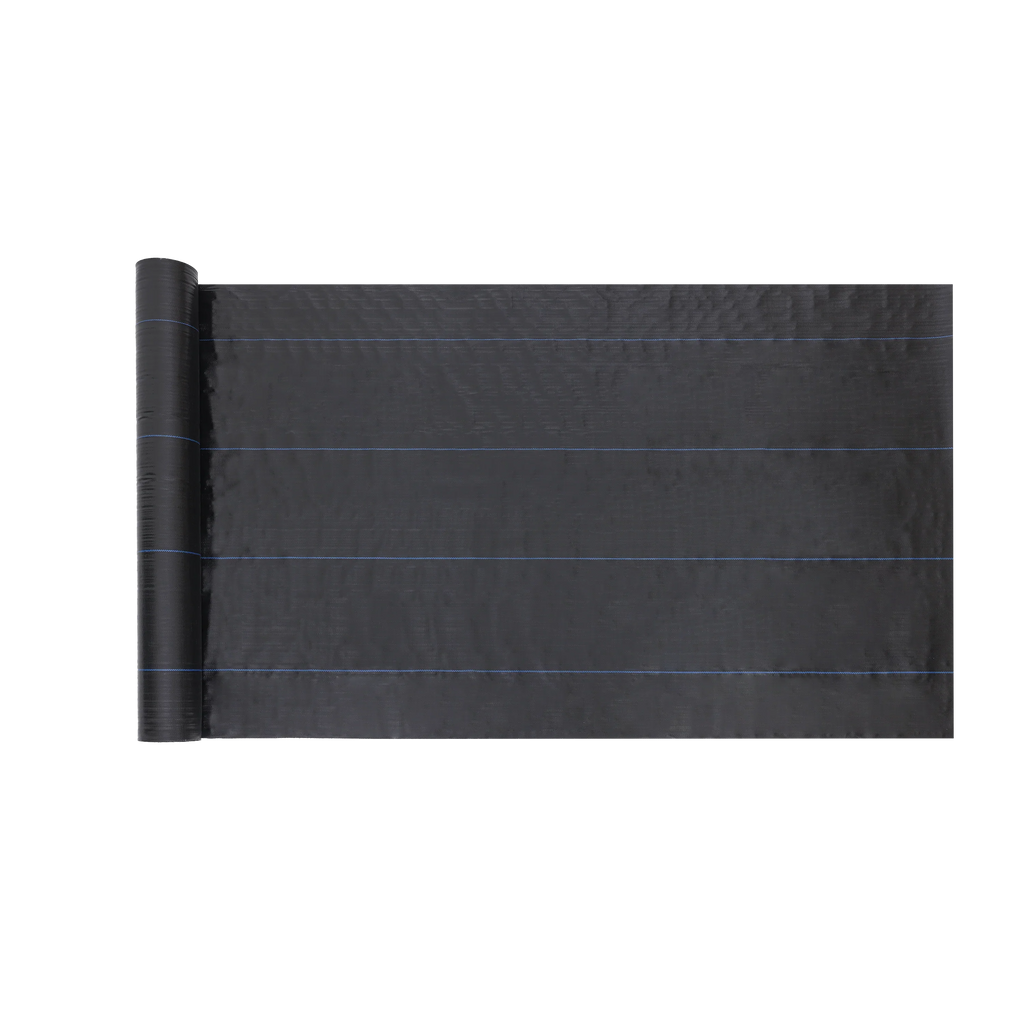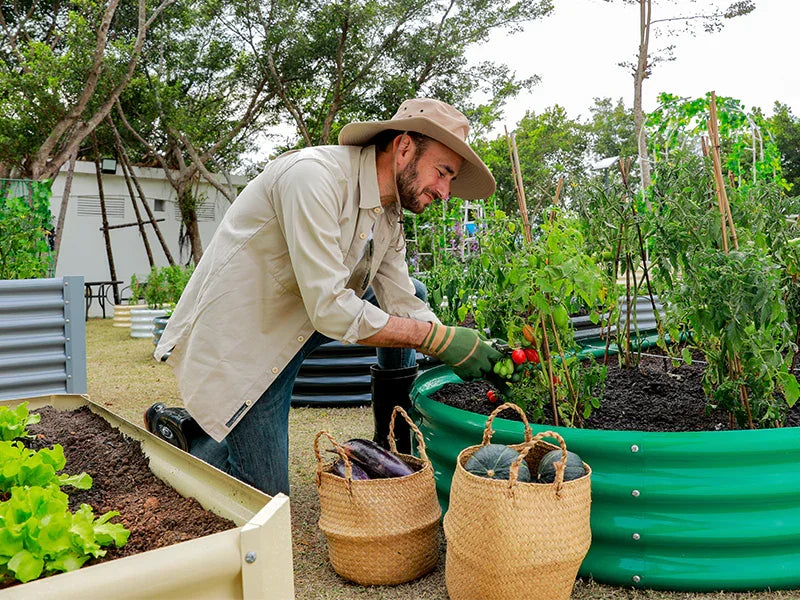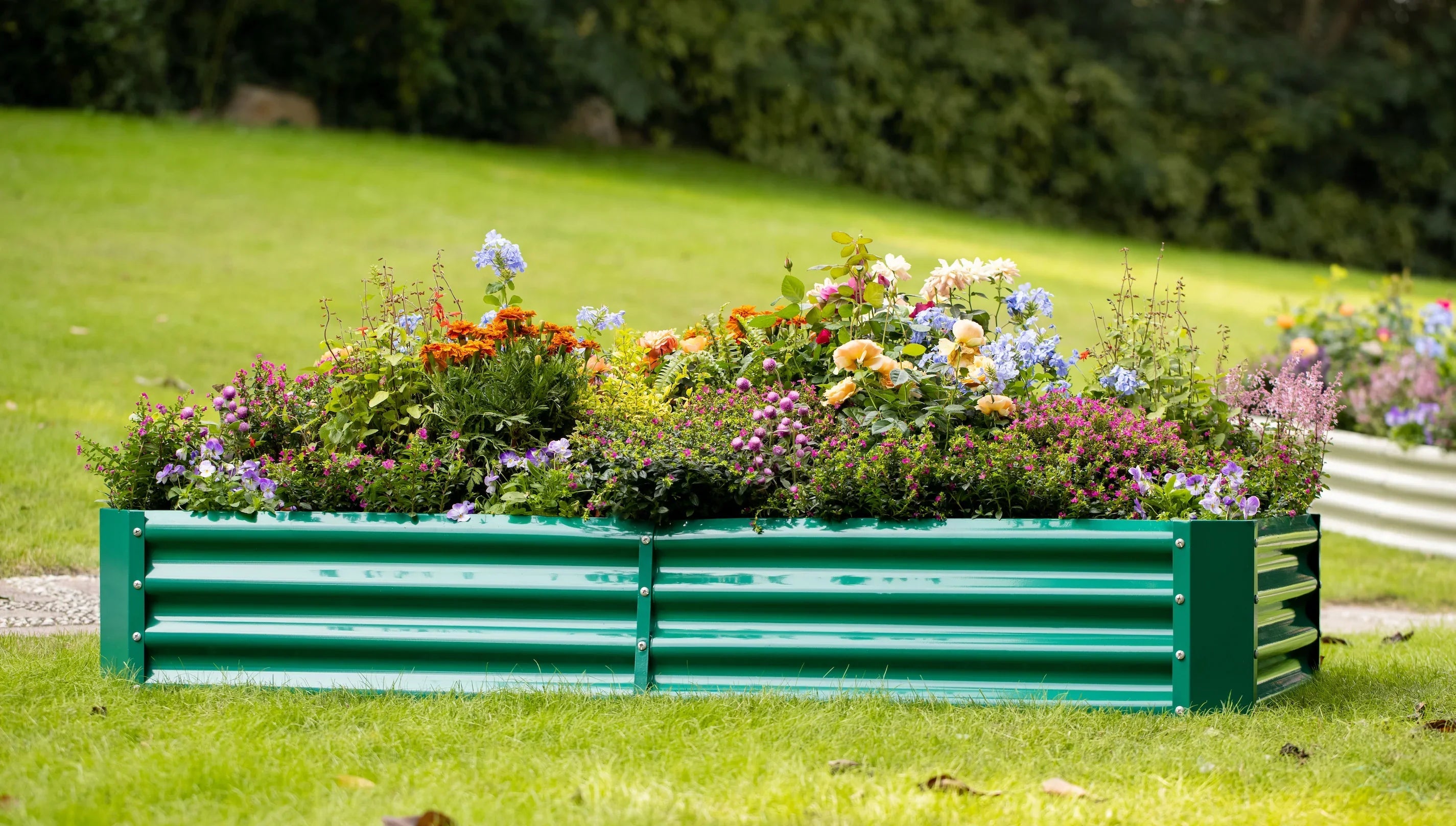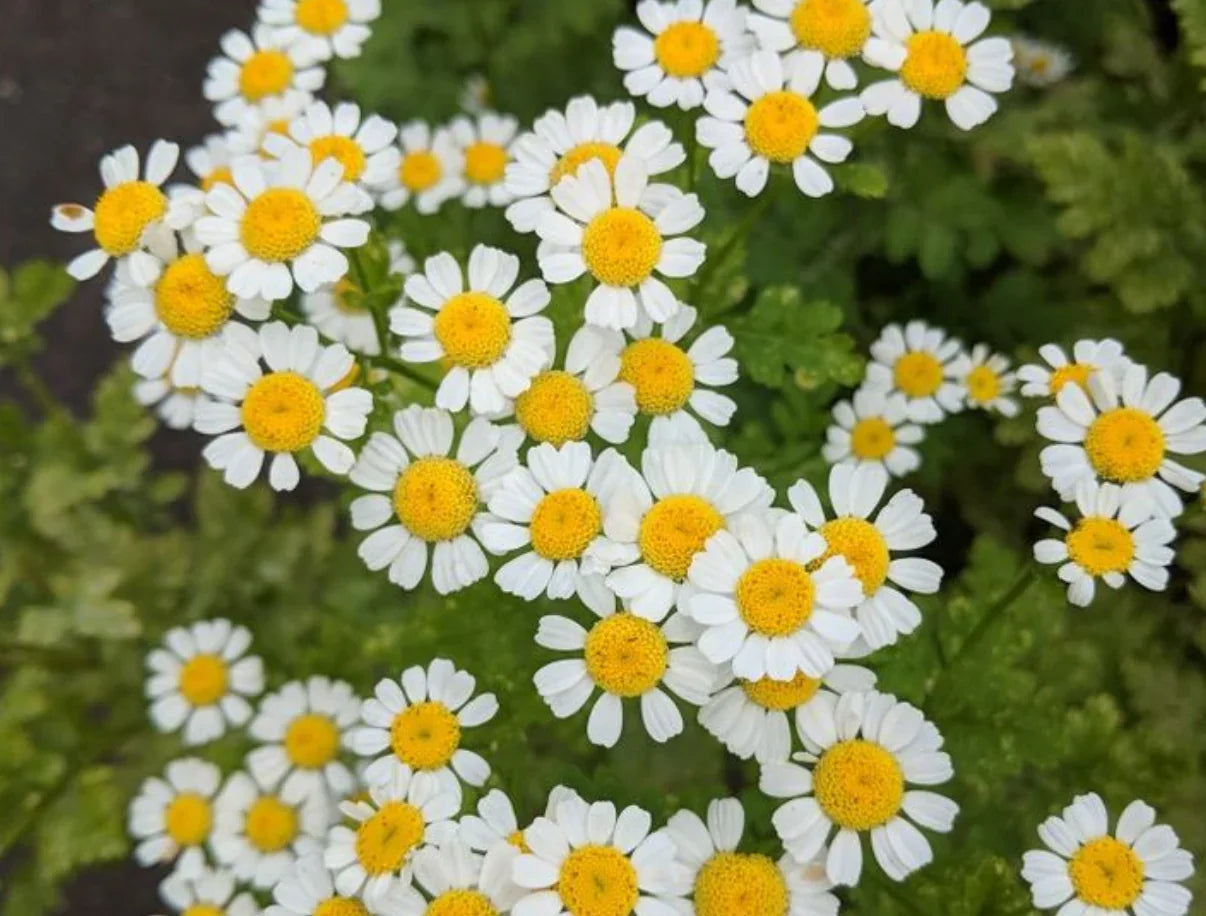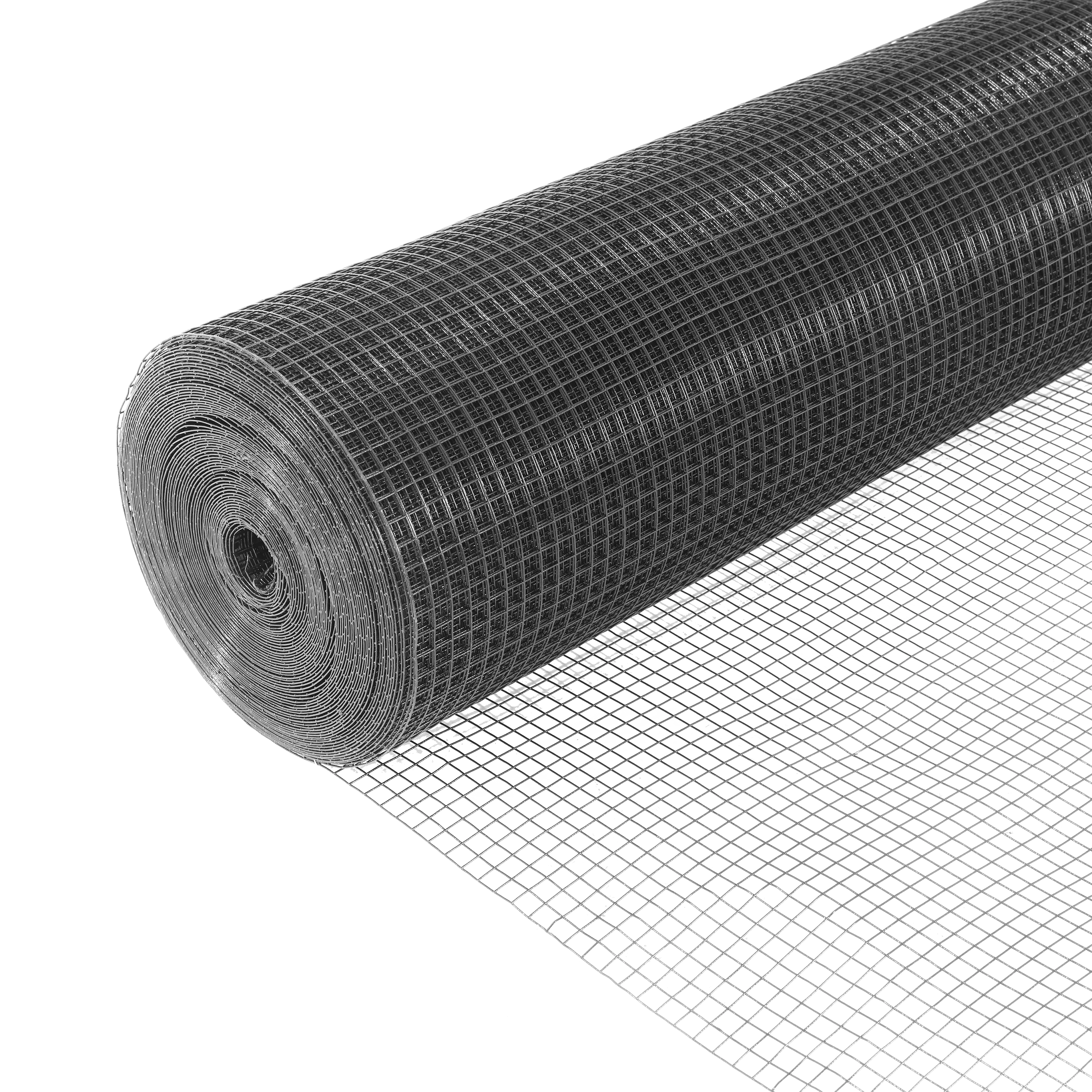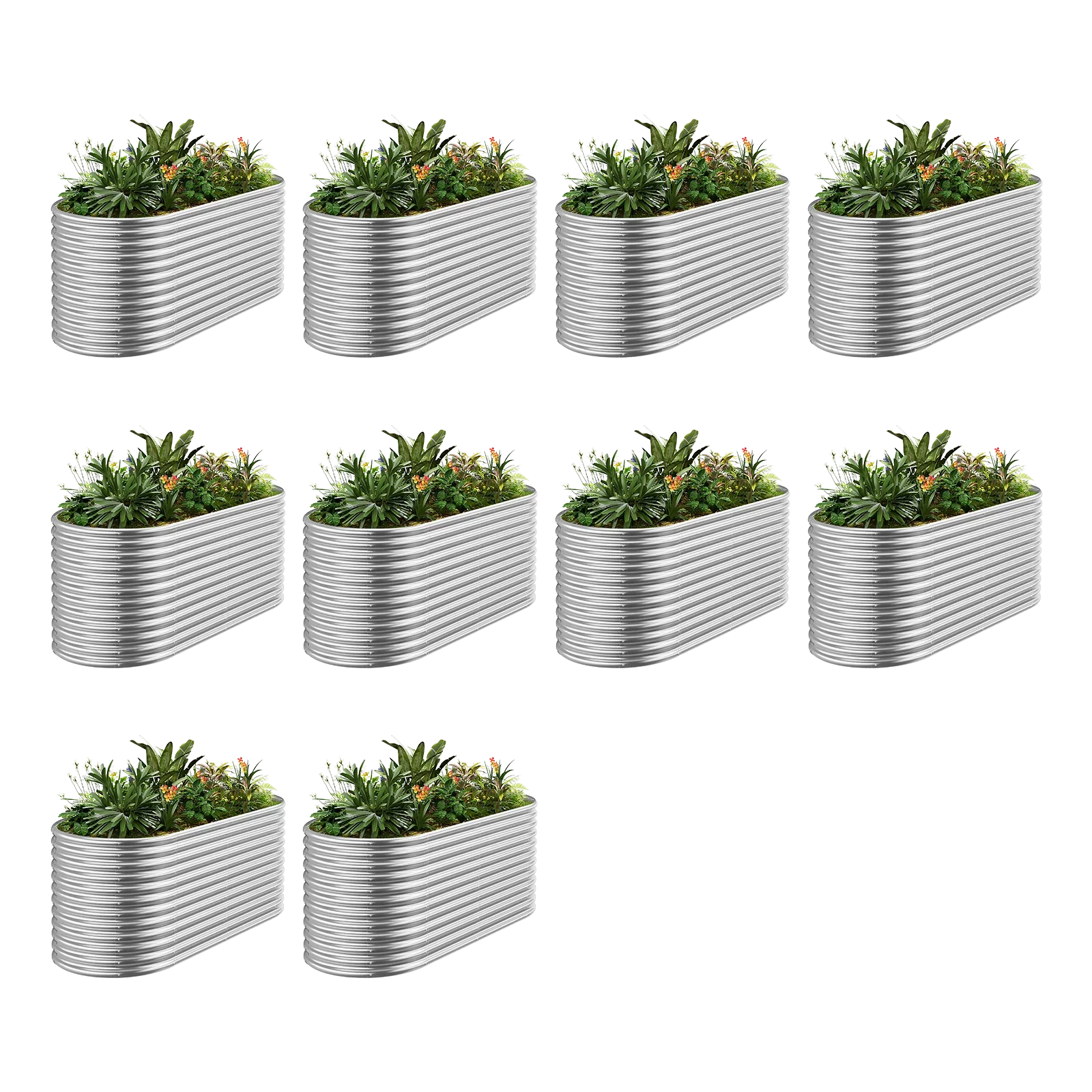As summer’s warmth fades, it’s the perfect time to shift your vegetable garden into fall mode. Fall gardening brings the joy of harvesting crisp, cool-weather crops that flourish in autumn’s refreshing air. Whether you’re an experienced gardener or a beginner, this step-by-step guide will walk you through seasonal planting in your vegetable garden beds. From clearing out summer leftovers to picking the best fall veggies, here’s everything you need to know. Let’s get started!
Step 1: Clean Up the Summer Garden
Before planting fall crops, give your garden beds a good cleanup. Start by pulling out spent summer plants like tomatoes, peppers, or squash that are done producing. Yank out weeds and clear away debris—fallen leaves or twigs—that could shelter pests or diseases. If any plants show signs of disease, toss them out properly; don’t compost them, as that could spread trouble to your next round of crops. Healthy leftovers, though, can be chopped up and tossed into your compost pile to boost your soil down the line.
Step 2: Prepare the Soil
Healthy soil is the backbone of a great fall garden. If you can, test your soil’s pH and nutrient levels—most veggies thrive in slightly acidic to neutral soil (around 6.0 to 7.0). Adjust based on your results, or simply work in a layer of compost or well-rotted manure for a nutrient boost and better texture. Grab a garden fork or tiller and gently turn the soil to mix in the amendments and loosen it up. This preps a cozy spot for your new plants’ roots to settle in.
Step 3: Choose Fall Vegetables and Plan the Layout
Picking the right vegetables is key to a successful fall garden. Cool-season crops shine here, loving the chillier weather. Try these favorites:
· Leafy greens: spinach, kale, lettuce, arugula
· Root veggies: carrots, beets, radishes, turnips
· Brassicas: broccoli, cauliflower, cabbage, Brussels sprouts
· Alliums: garlic, onions (great for overwintering)
Check the days to maturity on seed packets to make sure your crops ripen before the first hard frost. Look up your local frost date and count backward to time your planting just right.
Next, map out your garden. Rotate crops by not planting the same veggie family in the same spot as last season—this keeps the soil healthy and cuts down on pests. You can also try companion planting for a bonus: garlic near lettuce, for instance, helps keep aphids away.

Step 4: Plant the Fall Crops
Time to dig in! Follow seed packet or label instructions for planting depth and spacing. Seeds usually go in at twice their diameter, so don’t bury them too deep. If you’re using seedlings, handle them gently and give them a good drink after planting.
In areas with shorter seasons, start slower growers like broccoli or cauliflower indoors a few weeks early, then transplant them outside. Want to stretch your harvest? Use row covers, cloches, or cold frames to shield plants from early frosts.
Step 5: Maintain and Protect the Fall Garden
Your fall crops need steady care to thrive. Water them regularly, but ease up a bit since cooler weather slows evaporation—keep the soil moist, not soggy. Feed them with a balanced organic fertilizer if needed, sticking to the package directions.
Watch for pests like aphids, cabbage worms, or slugs, which can still pop up in fall. Check plants often and act fast—hand-pick them off, use insecticidal soap, or try organic pesticides. As temperatures drop, guard against frost with mulch (straw or leaves) around plant bases. For delicate crops, toss on row covers or move potted plants inside overnight when frost is coming. Or harvest early to beat the cold snap.
Conclusion
Switching your vegetable garden from summer to fall is easier than it seems. With these steps—cleaning up, prepping soil, choosing smart crops, planting with care, and tending the garden—you’ll savor fresh harvests deep into autumn. So grab your gloves and get going—your fall garden is ready to grow!

